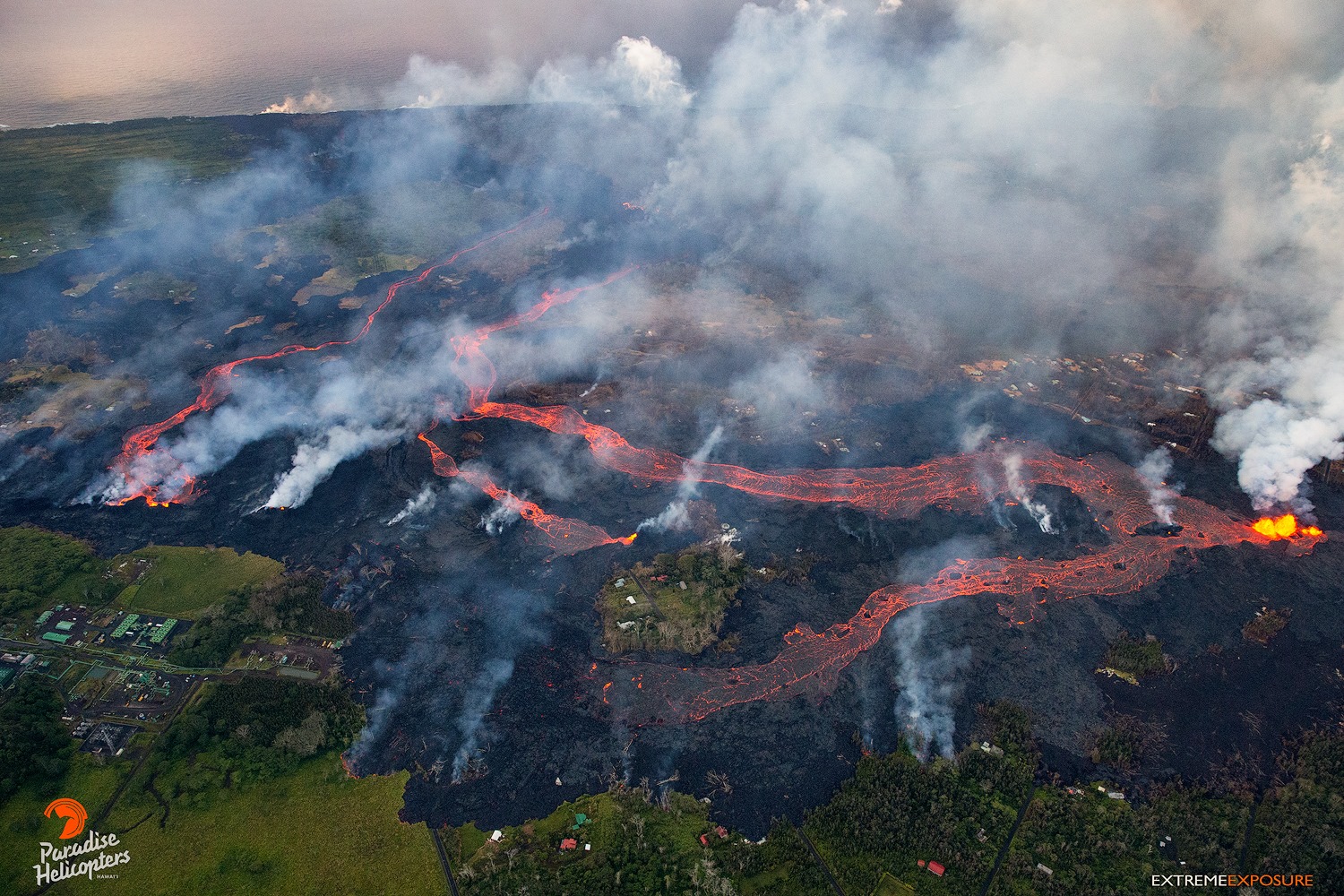28 Mai 2018. EN. Pu’u ‘Ō’ō / Kilauea , Turrialba , Poas , Arenal , Dukono , Piton de la Fournaise .
28 Mai 2018. Pu'u 'Ō'ō / Kilauea , Hawai : Saturday, May 26, 2018, 11:42 PM HST (Sunday, May 27, 2018, 09:42 UTC) 19°25'16" N 155°17'13" W, Summit Elevation…

